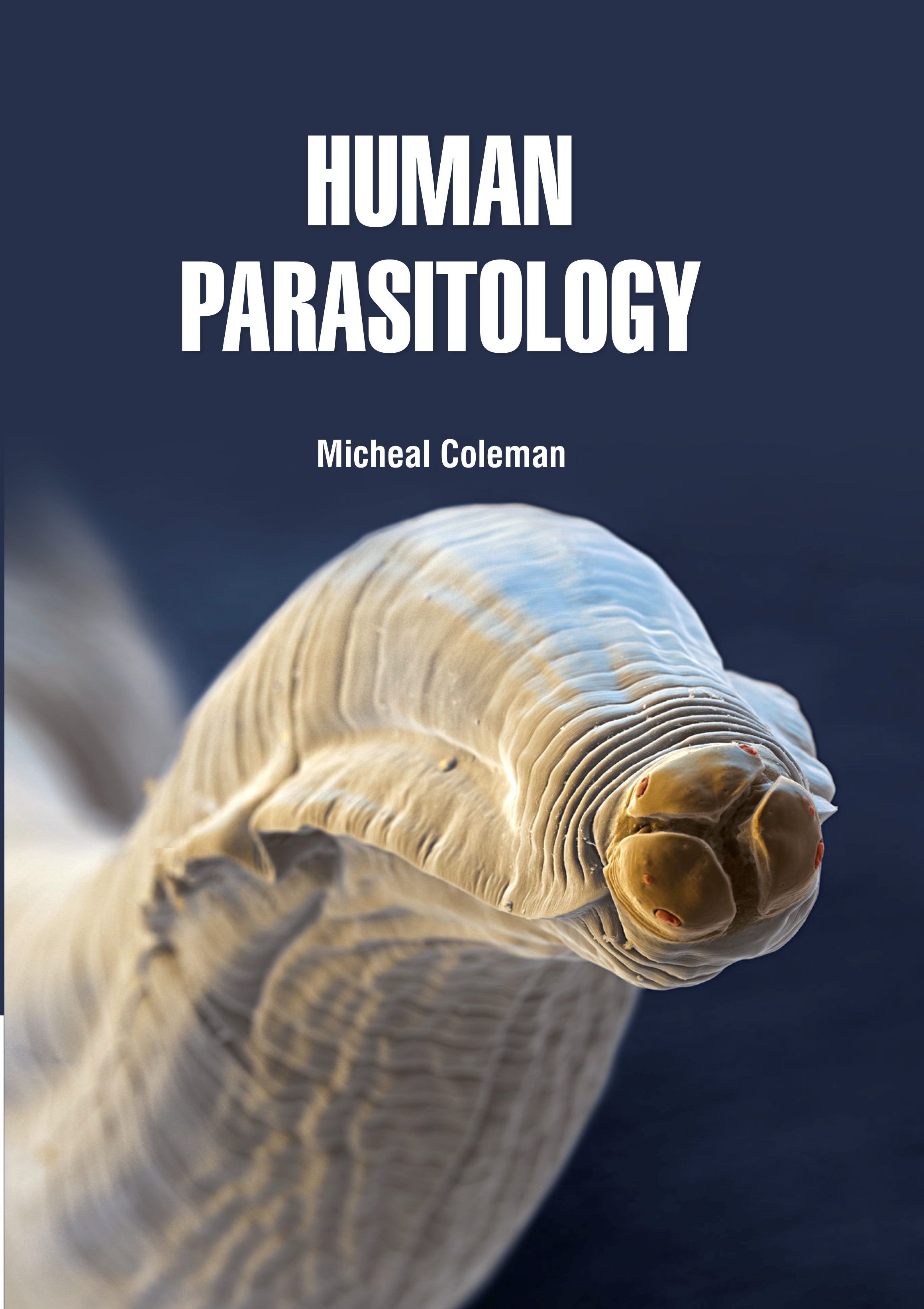
Human Parasitology
by Micheal Coleman
| ISBN | 9789372428971 |
|---|---|
| Publisher | Digital Drive Learning |
| Copyright Year | 2026 |
| Price | $266.00 |

by Micheal Coleman
| ISBN | 9789372428971 |
|---|---|
| Publisher | Digital Drive Learning |
| Copyright Year | 2026 |
| Price | $266.00 |
Human Parasitology emphasizes a medical perspective while incorporating functional morphology, physiology, biochemistry, and immunology to enhance appreciation of the diverse implications of parasitism. Parasitology is the study of parasitism; a multidisciplinary subject covering many topics including morphology, taxonomy, biology, behaviour, life-cycles, pathogenesis, epidemiology, ecology, physiology, biochemistry, genetics and molecular biology, as well as the diagnosis, immunology and treatment of infections. Protozoa are a diverse group of unicellular eukaryotic organisms, many of which are motile. Originally, protozoa had been defined as unicellular protists with animal-like behavior, e.g., movement. Protozoa were regarded as the partner group of protists to protophyta, which have plant-like behaviour, e.g., photosynthesis. The study of diseases of humans caused by parasitic agents. It is commonly limited to parasitic worms (helminths) and the protozoa. Current usage places the various non-protozoan microbes in distinct disciplines, such as virology, rickettsiology, and bacteriology. A parasitic disease, also known as parasitosis, is an infectious disease caused or transmitted by a parasite. Many parasites do not cause diseases. Parasitic diseases can affect practically all living organisms, including plants and mammals. Some parasites like Toxoplasma gondii and Plasmodium spp. can cause disease directly, but other organisms can cause disease by the toxins that they produce. So vast is the field of human parasitology, and so many and far-reaching the discoveries made, that it is not possible to do justice to the whole subject. Therefore; only the most significant aspects and the most important parasites are considered under two major headings, the helminth worms and the protozoa.